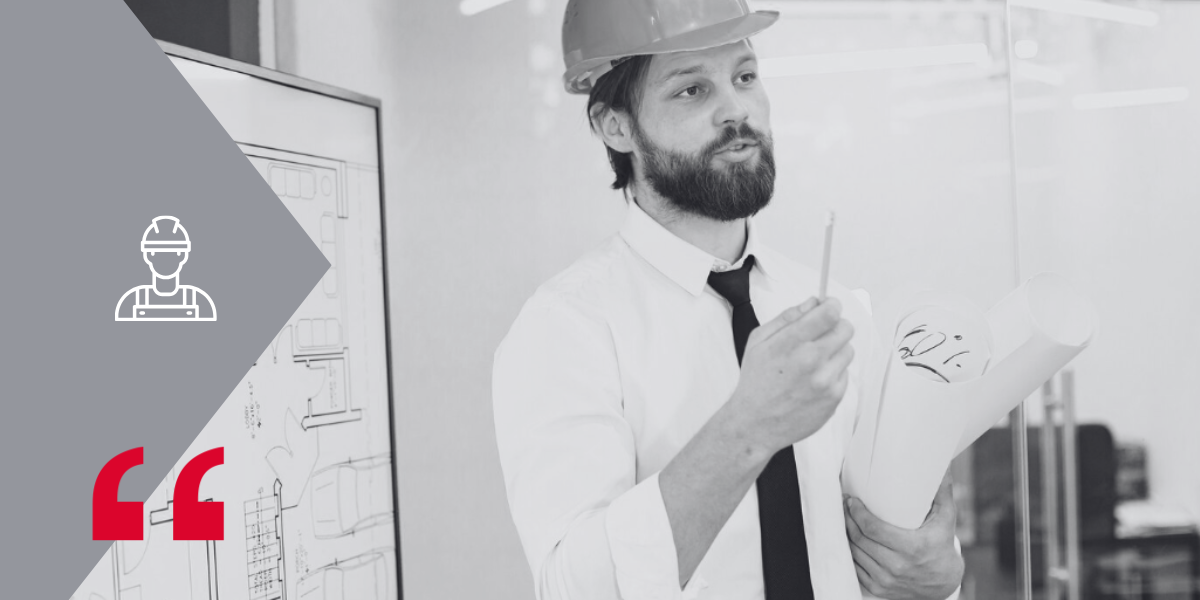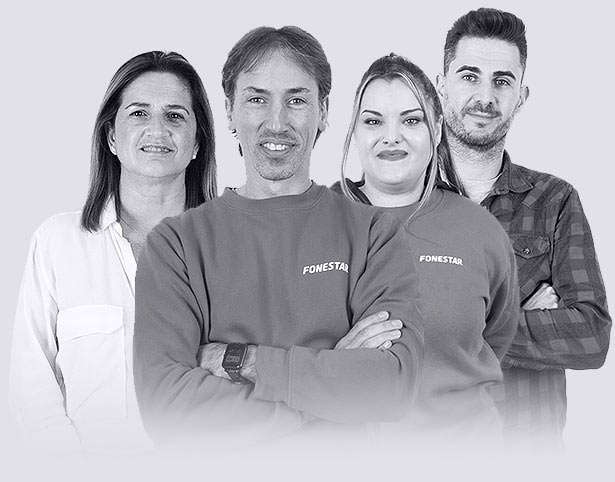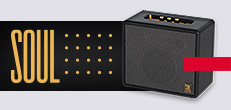Sound is no longer a secondary element in modern architecture. Today, the integration of public address, sound, and voice evacuation systems is part of the functional design of any building. However, one of the architects’ main concerns is clear:
How to incorporate these solutions without breaking the aesthetics of the space?
At Fonestar, we’ve been helping to bridge this tension between technology and design for years. In this article, we’ll tell you how you can integrate sound aesthetically and effectively into any architectural project.
Balance between Design and Functionality
At Fonestar, we strive to create products that integrate easily and don’t disrupt the aesthetics of a space. Visible speakers that don’t fit well with the design of rooms or buildings, visible cables, and other aspects can affect the perception of quality and the final result.
In our catalog we have multiple options so that the presence of sound does not detract from, but rather adds to the design:
- Recessed or surface-mounted speakers with neutral finishes.
- Small-sized equipment that blends into the environment.
- Modular solutions that adapt to the design of ceilings, walls or furniture.
All equipment guarantees a professional sound experience without requiring visual prominence, fulfilling the goal of balancing design and functionality.
If you’re interested in learning how we can help you integrate our sound solutions into your architectural projects, please contact us to schedule a meeting.
A different sound need for each space
As sound experts, we know that every space requires different solutions. As architects or technicians, it’s possible and entirely understandable that you may not know in detail which type of sound solution is best suited for each area. This is where Fonestar provides the added value that makes the difference in projects.
Below are some specific examples of areas with their corresponding sound solutions:
- Common and transit areas: require clear and consistent PA systems. Discreet, well-spaced ceiling speakers can be used. We offer the SKY and GAT models in our catalog for this specific purpose.
- Waiting rooms, lobbies, or reception areas: here, background music can enhance the user experience. Systems must be controllable and high-fidelity, without sacrificing aesthetics. SONORA and KS-WALL are just a few examples from our extensive catalog.
- Technical or meeting rooms: these require professional sound with high intelligibility. Integration into furniture or modular ceilings is key. Again, the SKY or SONORA speakers would be good options for this case.
- Outdoor areas: sound coverage must be guaranteed without damaging the surrounding environment. There are durable, low-impact solutions. Some examples from the catalog include the LAND models.
These are just a few examples of the vast number of options that can exist depending on many factors: characteristics of the site, the building, exact location, size, specific purpose of use… For this reason, we want to make things easy for you and take charge of designing the acoustics for your project.
Adaptable to each project
What sets us apart: adaptability, discreet design, and technical support throughout all phases of the project.
We don’t force project designers to adapt to the product: we adapt to the project.
All of this primarily translates to the fact that our systems can be compatible with existing ones, our documentation is clear and easy to justify to the end customer, it combines aesthetics and regulations, and we have a huge variety within our catalog.
What kind of solutions do we offer?
As you know, we have a wide range of products to offer, and we have spent years developing systems that combine technical functionality with architectural design. We offer:
- General PA system: for distributing music or announcements in large and busy spaces.
- Voice evacuation (EN54 standard): certified solutions that do not compromise aesthetics.
- Professional sound: for classrooms, meeting centers, workspaces…
- Ambient music: ideal for creating pleasant atmospheres in hotels, shops or clinics.
- Centralized and controllable systems: for simple management from a single point.
Conclusion: Sound, an essential part of design
As you’ve seen, sound is no longer an extra. It’s part of how a space is experienced. And when it’s well integrated, it improves accessibility, user experience, and safety… without altering the design.
At Fonestar, we know this. That’s why we design technology that adapts to architecture, not competes with it. And that’s why more and more architects, engineers, and interior designers choose us as their technology partner for their projects.


